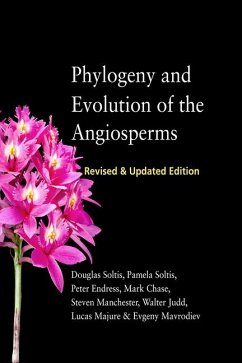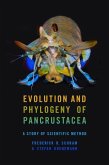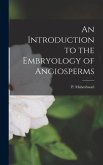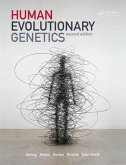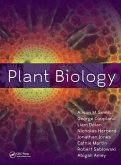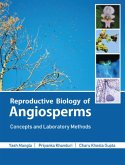Although they are relative latecomers on the evolutionary scene, having emerged only 135-170 million years ago, angiosperms or flowering plants are the most diverse and species-rich group of seed-producing land plants, comprising more than 13,000 genera and over 300,000 species. Not only are they a model group for studying the patterns and processes of evolutionary diversification, outside the laboratory they also play major roles in our economy, diet, and our courtship rituals, producing our fruits, legumes, and grains, not to mention the flowers in our Valentine's bouquets. They are also crucial ecologically, dominating most terrestrial and some aquatic landscapes. This fully revised edition of Phylogeny and Evolution of the Angiosperms provides an up-to-date, comprehensive overview of the evolution of and relationships among these vital plants, as well as of our attempts to reconstruct these relationships. Incorporating molecular phylogenetics with morphological, chemical, developmental, and paleobotanical data, as well as a more detailed account of early angiosperm fossils and important fossil information for each evolutionary branch of the angiosperms, the new edition integrates fossil evidence into a robust phylogenetic framework. Also including a wealth of new color images, this highly synthetic work further reevaluates long-held evolutionary hypotheses related to flowering plants and will be an essential reference for botanists, plant systematists, and evolutionary biologists alike.
Hinweis: Dieser Artikel kann nur an eine deutsche Lieferadresse ausgeliefert werden.
Hinweis: Dieser Artikel kann nur an eine deutsche Lieferadresse ausgeliefert werden.

